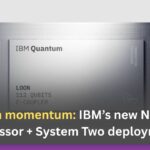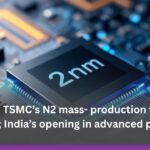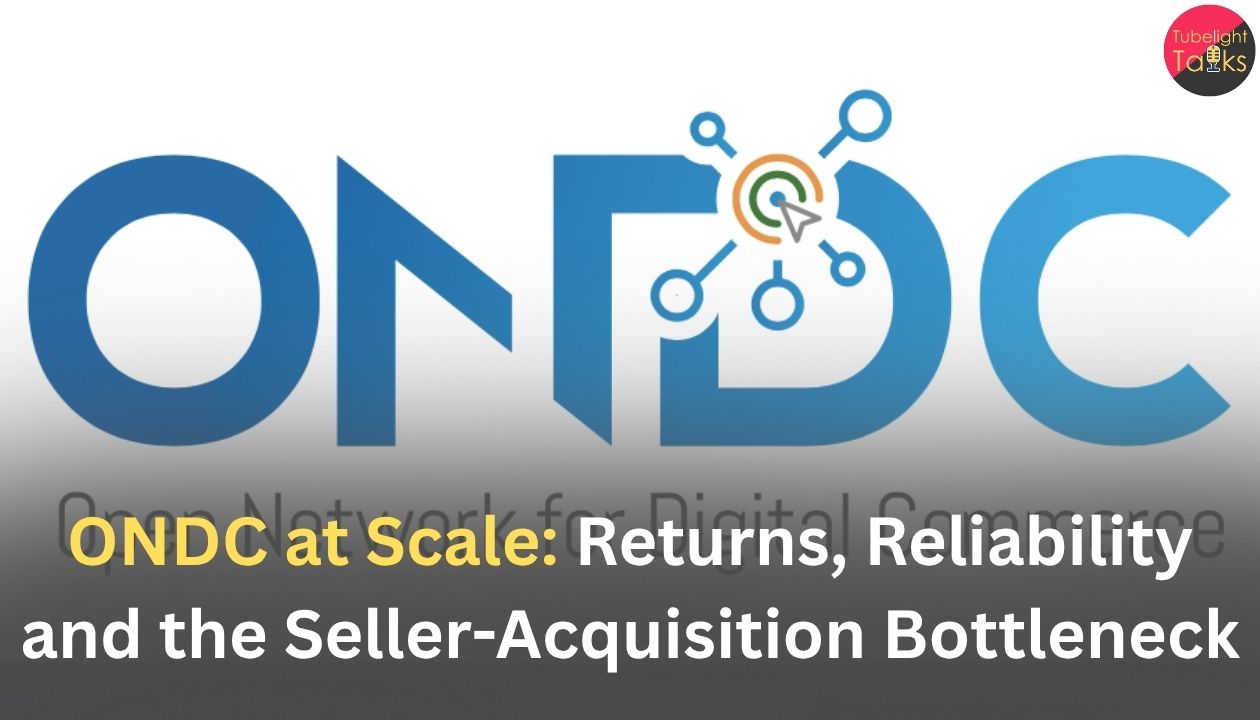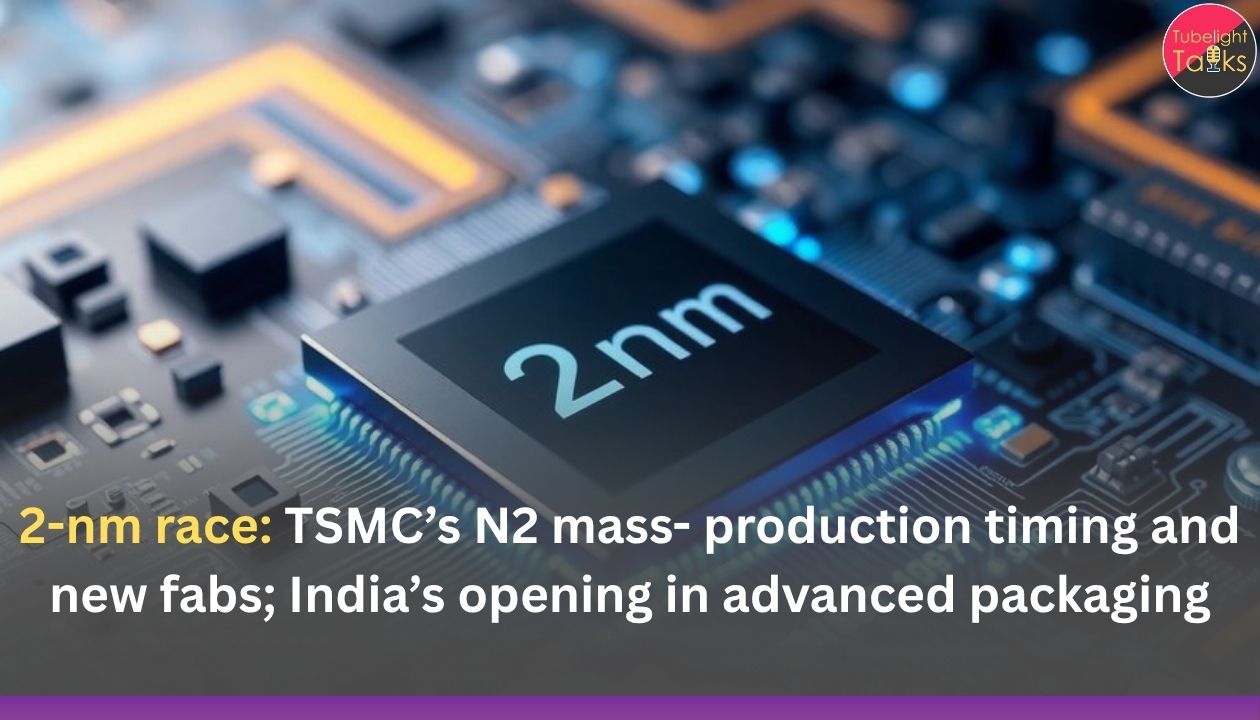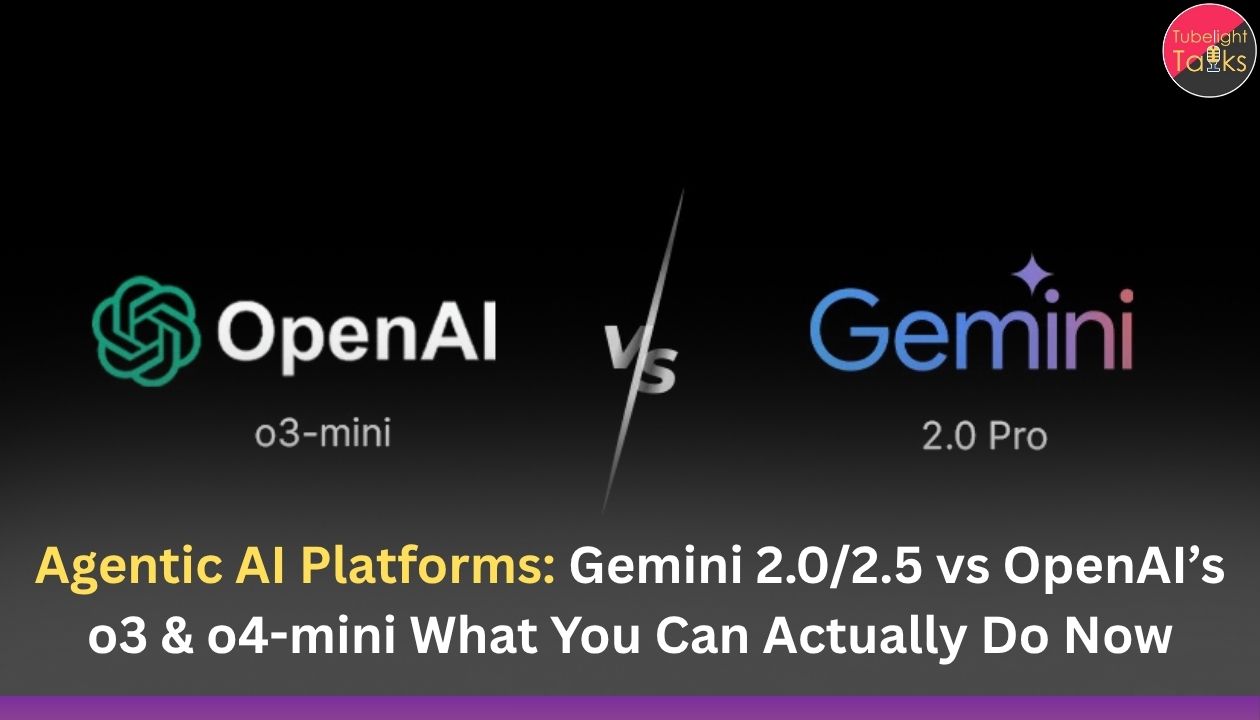IBM’s new Nighthawk processor: IBM’s quantum story just added both new silicon and new sites. The company unveiled Nighthawk, a 120-qubit chip with 218 tunable couplers engineered for deeper, cleaner circuits, and said a second experimental chip, Loon, demonstrates hardware features needed for fault-tolerant machines.
In parallel, IBM Quantum System Two—the cryo-ready, modular system built around Heron-class processors—has been deployed at RIKEN (Kobe, Japan) and inaugurated in Donostia–San Sebastián (Basque Country, Spain), marking the architecture’s expansion beyond IBM data centers.
What does this mean for practical advantage—useful wins over classical HPC? Here’s what’s live, what’s promised, and the checkpoints to trust.
What IBM actually launched: chips built for deeper circuits
Nighthawk in one paragraph
IBM describes Nighthawk as a 120-qubit superconducting processor using a square lattice and 218 tunable couplers—about 20% more connectivity than its predecessor generation—aimed at executing up to ~5,000 two-qubit gates in the near term, scaling to 7,500 by end-2026, 10,000 in 2027, and 15,000 by 2028 with architectural upgrades and long-range couplers. The pitch: more complex circuits with fewer SWAPs and better fidelity, narrowing the gap to classical simulation.
Why this matters for “advantage”
Practical advantage requires useful problems whose quantum circuits are both long enough to show structure classical algorithms can’t mimic and clean enough (low error) to survive. A chip that reliably runs multi-thousand-gate circuits starts to open that window—especially when paired with error-mitigation and classical post-processing. IBM and partners have cited software/tool gains (e.g., Qiskit improvements and HPC-assisted workflows) as part of the formula.
Loon: a hardware sketchpad for fault tolerance
Alongside Nighthawk, Loon is an experimental processor with long-range connections and gadgets intended to prototype quantum error-correction (QEC) ingredients. IBM frames Loon as proof that all key hardware elements for large-scale QEC can be realized on chip—an essential step toward credible fault tolerance later this decade. In newsroom and press briefings, IBM ties Loon’s advances to a 2029 objective for fault-tolerant systems.
Manufacturing footing: 300-mm wafers at Albany
IBM also highlighted its move to 300 mm wafer fabrication at the Albany NanoTech Complex, enabling faster iterations and denser coupler layouts—critical for marching from Nighthawk to larger devices.
System Two, now on the ground: Japan and Spain
RIKEN (Kobe): System Two beside Fugaku
In June 2025, IBM and RIKEN unveiled the first System Two outside the U.S., co-located with the Fugaku supercomputer—one of the world’s most powerful classical machines. The idea is to make hybrid quantum-classical workflows routine: push quantum circuits to Heron-class QPUs, then lean on Fugaku for error mitigation, post-processing, and verification at scale.
Basque Country (Spain): Europe’s first System Two
In October 2025, the Basque Government and IBM inaugurated Europe’s first System Two at the IBM-Euskadi Quantum Computational Center in Donostia–San Sebastián, following a March plan that targeted a 156-qubit Heron as the utility-scale processor. The site is intended as a European hub for algorithm and industry pilots.
What runs in System Two today
IBM’s Heron family (133/156 qubits) is the core of System Two; Heron uses fixed-frequency qubits with tunable couplers, currently IBM’s highest-performing production line. Users access these systems through IBM’s cloud and the IBM Quantum Network.
How close are we to “practical advantage”? A sober rubric
1) Circuit depth that survives
Gate depth is the currency. Nighthawk’s roadmap (5k → 7.5k → 10k → 15k two-qubit gates over 2026–28) is one concrete yardstick. If third-party teams reproduce multi-thousand-gate workflows with stable error rates on real applications, you’re in advantage territory for those tasks.
2) Hybrid wins that beat like-for-like classical
Expect hybrid algorithms (quantum subroutines + large classical post-processing) to be the first to show wins. IBM and partners argue that software-side gains—compilers, error mitigation, and HPC assists—deliver measurable improvements on today’s hardware, inching us toward practical utility. Independent benchmarks will matter more than vendor demos.
3) Verified claims on open problems
Look for peer-reviewed or community-reproducible results on classically hard instances (chemistry simulation windows, materials models, or optimization cases with trusted hardness arguments). Reuters reports IBM believes Nighthawk could outperform classical on some tasks by late 2026, but those claims must land with transparent data and code.
4) Toward fault tolerance (late-decade)
Loon’s features (e.g., long-range couplers) are hardware enablers for QEC. If error-corrected logical qubits with useful T-counts appear around 2028–29, advantage shifts from “niche” to “durable.” Until then, “practical advantage” will likely be domain-specific and hybrid-assisted.
What this means for users in 2026
For researchers
- Chemistry & materials: chase windows where medium-depth circuits and noise-aware ansätze already help; use System Two + nearby supercomputers (e.g., Fugaku) to loop classical pre/post-processing tightly.
- Algorithms: invest in gate-count-aware designs that exploit Nighthawk’s connectivity to cut SWAP overhead; track IBM’s advantage tracker and publish open circuits.
For industry pilots
- Portfolio framing: treat quantum as a co-processor. Pick one or two problems where even a 5–10% accuracy or cost delta vs HPC is material (e.g., a catalytic pathway rank-ordering).
- Procurement reality: plan for cloud access to System Two sites while you build internal skill and data pipelines; resist hardware lock-in until claims are independently verified.
The European & Asian site effect
Why the Basque site matters
A European System Two reduces latency, eases data-handling strictures, and creates a regional hub for automotive, energy, and materials use-cases to test against Heron today and future QPUs later.
Why RIKEN matters
Co-location with Fugaku bakes hybrid into the workflow; it’s also a procedural template for future quantum/HPC pairings (queueing, file formats, verification).
India watch: access over hardware (for now)
India’s quickest wins are network access and talent: IIT Madras is the first Indian IBM Quantum Network node, and LTIMindtree joined as the first Indian GSI—use those pipes to build domain pilots while the hardware globalizes. If India’s proposed System Two (e.g., Amaravati) materializes in 2026, expect Heron-class local access to accelerate National Quantum Mission experiments.
What to watch in 2026–28
- Nighthawk depth in the wild: reproducible >5k 2-qubit-gate circuits solving useful sub-problems with credible classical baselines.
- System Two papers from RIKEN and Basque Country showing hybrid speedups or cost reductions on real workloads.
- Loon → QEC path: demonstrations of logical qubits with lifetimes exceeding physical limits by orders of magnitude; a timetable to logical operations with practical T-counts.
- Open repos: code + data that others can rerun, including negative results (missed advantage claims are also progress).
- Throughput metrics: queue times, CLOPS, and error-bar reporting that make runs budgetable for non-research teams.
Measured progress, humane by design
In public talks, spiritual teachings often stress truthfulness, non-harm, service, restraint—principles echoed in Sant Rampal Ji Maharaj’s discourses. Applied here: publish plain-English KPIs (queue times, uptime, circuit depth achieved, energy use), encourage independent replication, prioritize open access hours for universities and startups, and avoid overselling timelines.
When ambition is matched with transparency and restraint, quantum systems move from spectacle to shared utility. Explore the values perspective via Website: jagatgururampalji.org, X (Twitter) handle: @SaintRampalJiM, YouTube channel: “Sant Rampal Ji Maharaj”.
Call to action
For R&D leaders
Pilot with purpose: pick one high-value workload whose classical baseline is known; run it on System Two (Heron) with hybrid pipelines, publish the delta, and repeat quarterly as Nighthawk comes online.
For policymakers & funders
Buy outcomes, not headlines: link grants to open artifacts (circuits, data, code) and independent replication at multiple System Two sites (Japan/EU), plus energy-per-experiment reporting.
For universities & startups
Skill where it counts: invest in noise-aware algorithms, error mitigation, and classical-assist workflows; build domain datasets that make a small advantage immediately valuable.
Read Also: National Quantum Mission—where the money’s going: Hardware roadmaps, testbeds and industry tie-ups
FAQs: IBM’s new Nighthawk processor
1) What exactly is IBM’s Nighthawk processor?
A 120-qubit superconducting chip with a square lattice and 218 tunable couplers designed for deeper, lower-error circuits—~5,000 two-qubit gates now, with IBM projecting 7,500 (2026), 10,000 (2027) and 15,000 (2028) as architecture and couplers evolve.
2) What is Loon and why does it matter?
Loon is an experimental QPU that demonstrates hardware features for error correction (e.g., longer-range couplers), which IBM places on a path to fault-tolerant systems by 2029.
3) Where is IBM Quantum System Two already deployed outside the U.S.?
At RIKEN in Kobe, Japan (the first outside the U.S., co-located with Fugaku), and in Donostia–San Sebastián in Spain’s Basque Country—Europe’s first System Two.
4) Which processors power System Two today?
Heron-class (133/156-qubit) chips with tunable couplers, IBM’s highest-performing production processors to date and the core of System Two’s architecture.
5) Are we at “quantum advantage” yet?
Not broadly. IBM and others see near-term wins on specific problems if multi-thousand-gate circuits run reliably with hybrid assistance. Reuters reports IBM expects some tasks to beat classical by late 2026, but proof requires independent, reproducible results.
6) What should we track in 2026 to judge progress?
Gate depth achieved on real workloads, error bars, hybrid speedups reported by third parties at System Two sites, and early QEC milestones rooted in Loon-style hardware.


